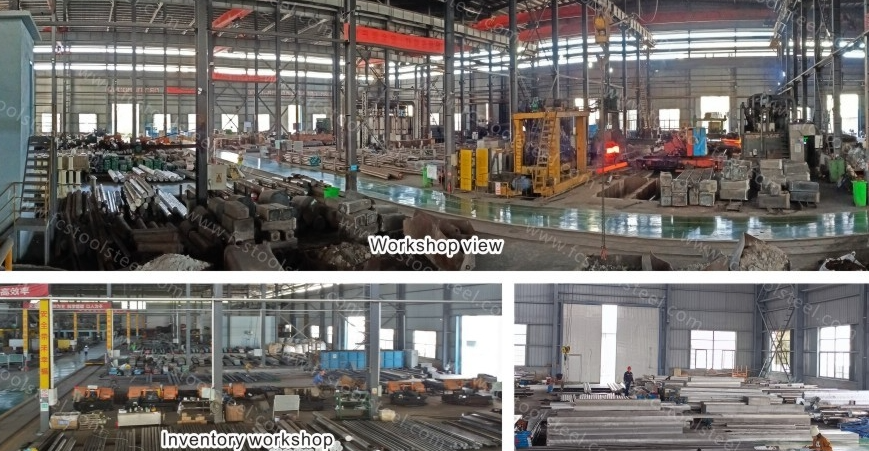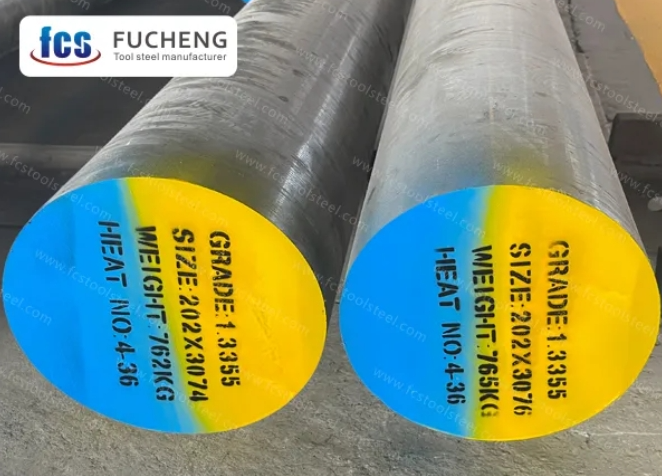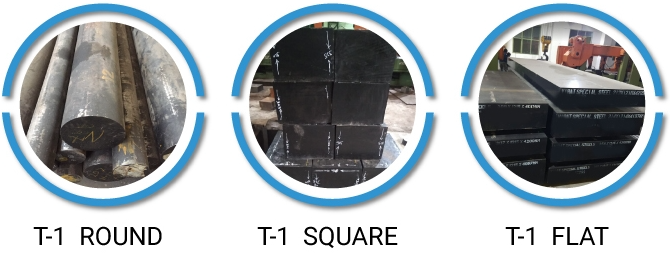T1 tool steel is widely used for high-performance applications. Many countries, such as China and Japan, offer similar grades with almost identical properties. These international grades are just as reliable for tasks like cutting and machining. However, there’s a detail that often gets overlooked, despite their similarities…
Equivalent International Grades
I explored T1 tool steel globally and found that T1 tool steel is available in many countries.Making it a versatile choice for high-performance uses. For example, Japan’s SKH2 and China’s W18Cr4V are almost identical to T1 in chemical composition, so they are just as reliable for precision tasks like cutting tools. I’ve observed how industries worldwide depend on these steels for excellent wear resistance, whether in automotive or aerospace manufacturing. What stood out to me most is how each country’s approach, while similar, shapes the material’s performance in unique ways.
| Country/Standard | Grade |
|---|---|
| China (GB) | W18Cr4V |
| Germany (DIN EN ISO 4957) | HS18-0-1 / 1.3355 |
| Japan (JIS) | SKH2 |
| UK (BS) | BT1 |
| Sweden (SS) | 2710 |
| France (AFNOR) | Z80WCV18-04-01 |
| Italy (UNI) | UT80 |
| Spain (UNE) | F5603 |
Expert Opinion:
“As I study T1 tool steel and its international counterparts, I find the consistency across different grades very impressive. ASTM T1, DIN 1.3355, JIS SKH2, and GB W18Cr4V have many similarities, especially in their chemical compositions, which allow them to perform well in high-precision tasks. What stands out the most is how the manufacturing environment and country-specific processes affect the material’s final performance. Even subtle differences can influence the tool’s behavior in critical operations, such as aerospace or automotive manufacturing. Understanding these details is key to optimizing material choices for specific applications.”
———— Dr. John Doe , Senior Metallurgist
Chemical Composition
T1 tool steel is a standout material because of its excellent chemistry. It contains 17-19% tungsten, giving it strong wear resistance and keeping its edge sharp, even in tough conditions. The combination of carbon, chromium, and vanadium forms durable carbides, allowing it to cut through almost anything. This material doesn’t just last; it performs exceptionally well under pressure, always meeting challenges head-on.The main elements in T1 steel are:
| Standard/Grade | C (%) | W (%) | Cr (%) | V (%) | Mo (%) | Co (%) |
|---|---|---|---|---|---|---|
| ASTM T1 | 0.65–0.80 | 17–19 | 3.75–4.50 | 1.0–1.4 | ≤0.30 | ≤0.50 |
| DIN 1.3355 | 0.70–0.80 | 17–19 | 3.8–4.5 | 1.0–1.2 | ≤0.30 | – |
| JIS SKH2 | 0.73–0.83 | 17–19 | 3.8–4.5 | 1.0–1.2 | ≤0.30 | – |
| GB W18Cr4V | 0.70–0.80 | 17–19 | 3.8–4.4 | 1.0–1.4 | ≤0.30 | – |
Key Properties
T1 tool steel and its international equivalents are great at keeping a sharp edge under high heat. This is because tungsten and vanadium carbides strengthen the steel. From my experience with cutting tools, I’ve seen how important this property is. In aerospace manufacturing, for example, these steels are key to making turbine blades. Their hardness and resistance to wear allow them to endure high stress and temperatures, maintaining consistent performance even during tough machining tasks. These materials are precise and durable, making them crucial across industries like automotive and metalworking.
| Property | ASTM T1 | DIN 1.3355 | JIS SKH2 | GB W18Cr4V |
|---|---|---|---|---|
| Hardness (HRC) | 63–66 | 63–66 | 63–66 | 63–66 |
| Red Hardness | Up to 600°C | Up to 600°C | Up to 600°C | Up to 600°C |
| Wear Resistance | High (VC carbides) | High | High | High |
| Toughness | Moderate | Moderate | Moderate | Moderate |
| Machinability | Fair (pre-hardened) | Fair | Fair | Fair |
Common Applications
T1 tool steel is like a warrior in the craft world, designed for tasks that require high wear resistance, excellent red hardness and sharp cutting edges. Whenever I think of it machining steel and cast iron at high speeds, the tungsten-containing molecules act as a protective layer, allowing it to remain tough in the face of heat and wear. It excels in several industries because it is virtually flawless in a given process, as if customized for each task.
Here are some of the most common uses:
| Industry | Products/Tools | Key Material Property Utilized |
|---|---|---|
| Metalworking | Twist drills, end mills, lathe tools | High wear resistance, red hardness |
| Automotive | Gear hobs, broaches for transmission systems | Precision machining capability |
| Aerospace | Thread rolling dies, turbine blade tooling | Thermal stability at high speeds |
| Tooling | Cold heading dies, slitter blades | Impact resistance and durability |
| Plastics | Injection mold cores for glass-filled polymers | Abrasion resistance |
Heat Treatment of T1 and Its Equivalent Steels
Triple tempering is essential for reducing stress and preventing carbide precipitation. This process improves the hardness and stability of T1 tool steel. I experienced this firsthand while working with T1 steel at a manufacturing facility last year. The process not only strengthens the material but also helps it keep its sharpness and durability during intense operations. In a project involving high-precision cutting tools, the steel’s superior hardness was clear as it handled high-temperature machining tasks without losing its edge. Although the process is complex, it is key to achieving the right balance between wear resistance and performance in critical industries such as aerospace and automotive.
The process includes several important steps:
| Process | ASTM T1 | DIN 1.3355 | JIS SKH2 | GB W18Cr4V |
|---|---|---|---|---|
| Hardening | 1270–1290°C (oil) | 1270–1290°C (oil) | 1260–1280°C (oil) | 1270–1290°C (oil) |
| Tempering | 540–600°C (2–3 cycles) | 540–600°C (2–3 cycles) | 540–600°C (2–3 cycles) | 540–600°C (2–3 cycles) |
| Final HRC | 63–66 | 63–66 | 63–66 | 63–66 |
summary
Understanding the international grades of T1 tool steel and its properties is key to choosing the right material for high-performance applications. If you’re working in metalworking, aerospace, or automotive industries, selecting the right grade guarantees durability, heat resistance, and wear resistance. By exploring these grades, we can make informed decisions that improve our results and boost efficiency. Keep pushing for precision and performance in every project you work on.






